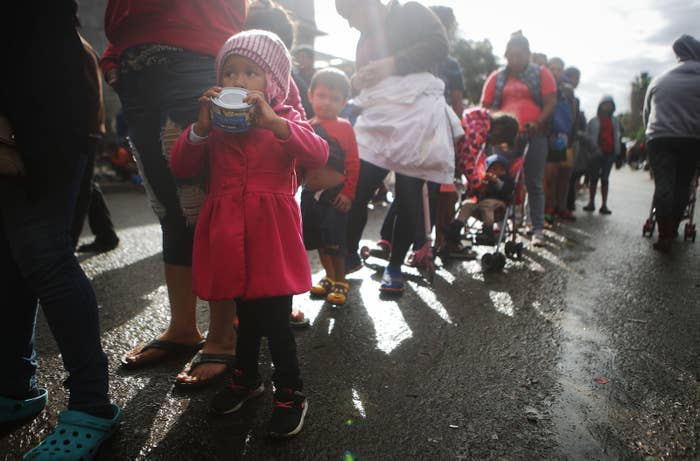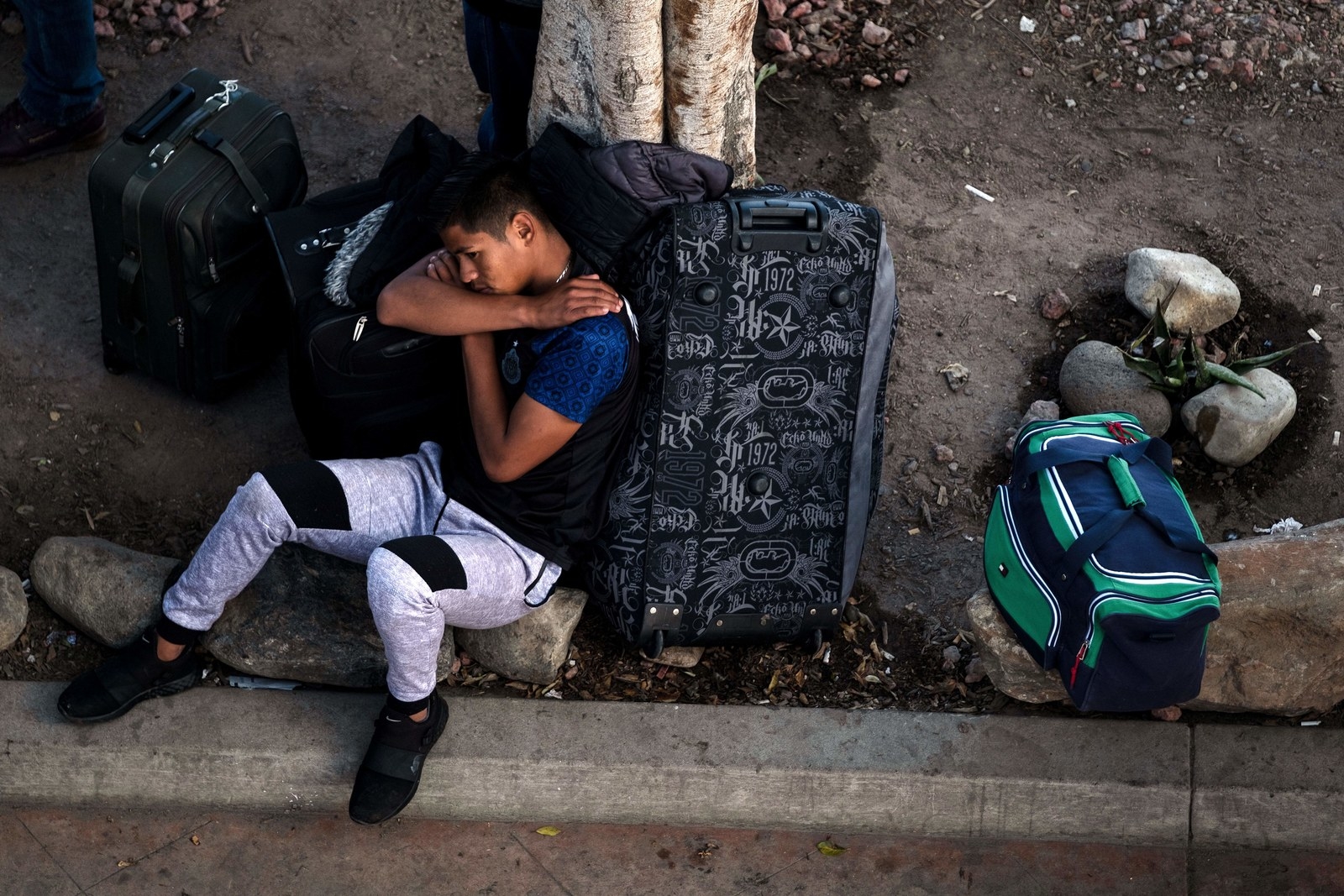
SAN FRANCISCO — A federal appeals court panel grappled Wednesday with whether to continue allowing the Trump administration to require some Central American asylum-seekers wait in Mexico while their cases proceed in the US.
The hearing in the US 9th Circuit Court of Appeals came as the Trump administration wrestles with how to handle the record flow of families crossing the border, an issue that led President Trump earlier this month to remove senior officials from their posts over what he believed was a lack of action to curb illegal immigration.
While past attempts by the administration to crack down on immigration have been blocked in federal court, the federal government hopes to gain a rare victory in the 9th Circuit to keep in place its latest policy to dissuade would-be asylum-seekers from entering the US. Under the Migrant Protection Protocols policy, certain migrants at the border receive a “notice to appear” in US immigration court and are returned to Mexico until their hearing date.
Since January, the policy has been expanded across the border, including the San Diego sector, and the ports of entry in Calexico, California, and El Paso, Texas. Nearly 2,000 people have been returned to Mexico over the three months the policy has been in place, according to Mexican government officials.

On April 8, US District Judge Richard Seeborg in San Francisco issued a preliminary injunction blocking the policy, but before that could happen, a three-judge 9th Circuit panel instituted a temporary stay. The panel, made up of circuit judges Paul J. Watford, Diarmuid F. O'Scannlain, and William A. Fletcher, heard arguments on Wednesday over whether they should continue the stay as the appeals process plays out.
Scott Stewart, a Department of Justice attorney who often represents the government on major immigration cases, told the panel that the policy was an “important executive branch initiative” aimed at solving “a significant immigration crisis facing the US.”
The two sides sparred over technical matters of whether the individuals being returned to Mexico were exempt from a statute that allows immigration officials to return an asylum-seeker to the contiguous country they arrived from. The government believes they are not, while ACLU attorneys believe they are.
It appeared that two of the judges on the panel, O'Scannlain and Fletcher, were split on the statutory issue.
ACLU attorneys have also argued that the process used to determine whether individuals being returned to Mexico have a fear of being persecuted in the country is inadequate and violates international treaty obligations. The group, along with other organizations, brought the lawsuit on behalf of 11 individuals seeking asylum who were taken back to Mexico.

Judge Watford pressed the government over the process, specifically the fact that migrants were not asked whether they had a fear of being taken to Mexico.
“You’re taking the view that you don’t have to ask the person to be returned whether they have fear of being in Mexico,” he said. “I don’t see how that is not arbitrary and capricious.”
Stewart said that the system placed the burden on the asylum-seeker but noted that if it were the panel’s main issue, the court could keep the stay in place and ask the government to change the fear determination process.
Judy Rabinovitz, the ACLU attorney arguing in front of the three-judge panel Wednesday, said the decision of whether to continue the stay of Seeborg’s order would be monumental for asylum-seekers arriving at the US border.
“The stakes are very high. If the government is granted a stay, then they will keep expanding this policy, returning more people in more locations,” she said after the hearing. “And that is a real concern because of the immediate injury it would create to people and because of the suffering it causes.”

